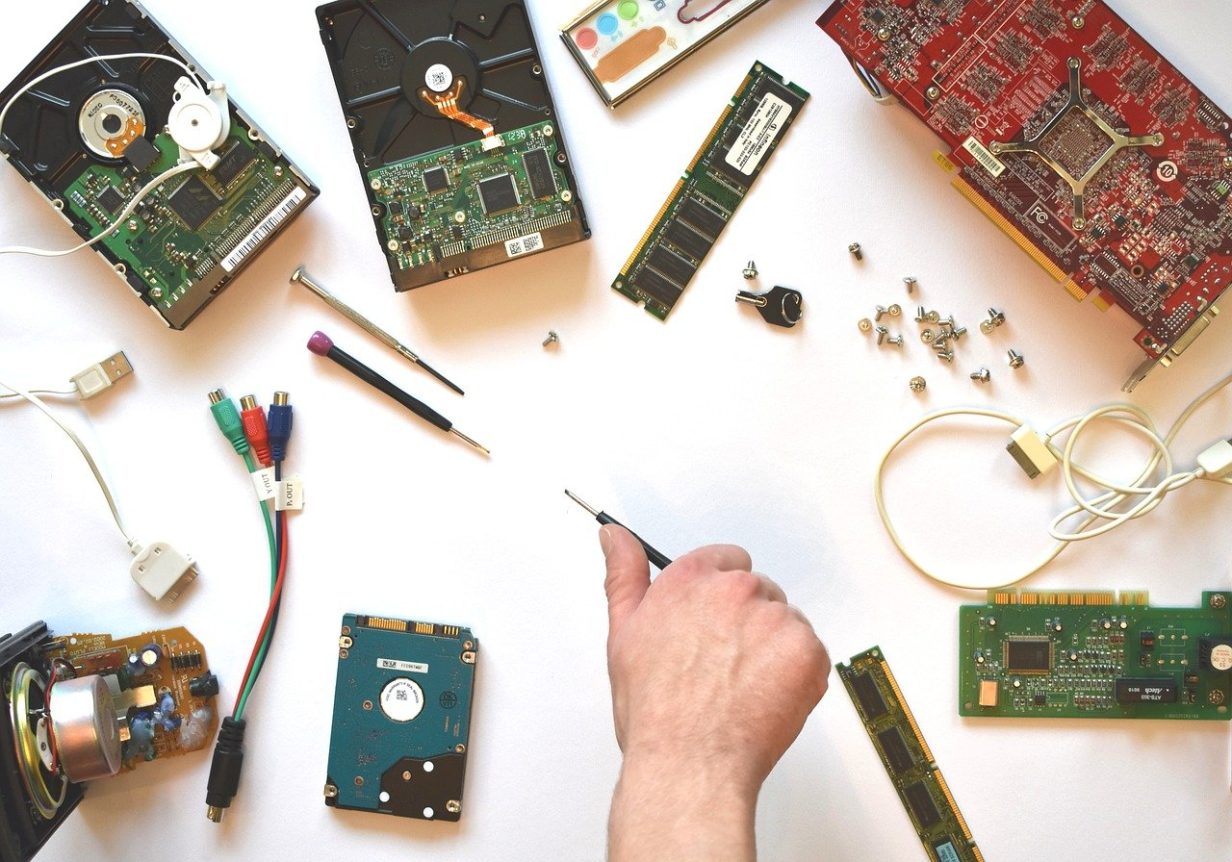Sometimes businesses just don’t have the time for a lengthy prototyping process. They need parts manufactured quickly to test for functionality. Their product needs to be tested and ready to go before the competition.
How does a product get to market within such a fast time-frame? Rapid prototyping could be the right option when a product must be created quickly. There are a few different processes that can be utilized for rapid prototyping. We’ll be walking through what rapid prototyping is and the benefits of each type.
What Is Rapid Prototyping?
Rapid prototyping is the process of designing, prototyping, and testing out products on a much faster scale. Generally, computer aided design (CAD) systems are used to model what will become the final product. The prototype can then be tested and any changes can be made to ensure the result is successful.
5 Types of Rapid Prototyping
Let’s walk through a few different types of rapid prototyping and their pros and cons:
1. Fused Deposition Modeling
Fused deposition modeling involves printers that are heated to melt thermoplastic resins together. These printers are able to handle complex geometric designs. Fused deposition is also a cost-effective option.
The downside is that the finished prototype may not have the right finish, which comes out rough, to truly give an idea of what the product will be like.
2. Injection Molding
Rapid injection molding is a faster version of traditional injection molding, which depends on pressurizing plastics into a mold to manufacture a product. The benefits of injection molding are that the prototype will be much the same as the end product, since the finish is the same, so this method provides accurate predictions and tests.
The only downside may be that the molds need to be created, unlike 3D printing options, which can add slightly to the timeline.
On-demand injection molding services are a solid option for rapid prototyping when a business needs a high-quality product faster.
3. Laser Sintering
Sintering is the process of creating a mass via heating without actually melting the substance, using a CO2 laser. There are two types of laser sintering: selective, which uses a variety of powdered materials, and direct metal, which uses atomized metal powder.
Selective is more affordable, but with direct metal, the heated metal powder can be reused, so there is less waste.
4. Polyjet
Polyjet printing is the process of using photopolymer resin sprays that make layers and harden to create a product using UV light. This is a cost-effective method with additional color options, but parts won’t be as strong as in other manufacturing systems.
5. Stereolithography
Stereolithography is a type of 3D printing that relies on a process where UV-curable photopolymer resin is held above an LED or laser screen, on which the prototype design is projected. The mechanism uses UV light to harden the resin, and the product is created with lots of layers that eventually connect to each other.
This is another option that allows for complex geometric shapes and cost savings. But, products can be fragile, so this method is better for display models or other prototypes that won’t be used in engineering processes.



